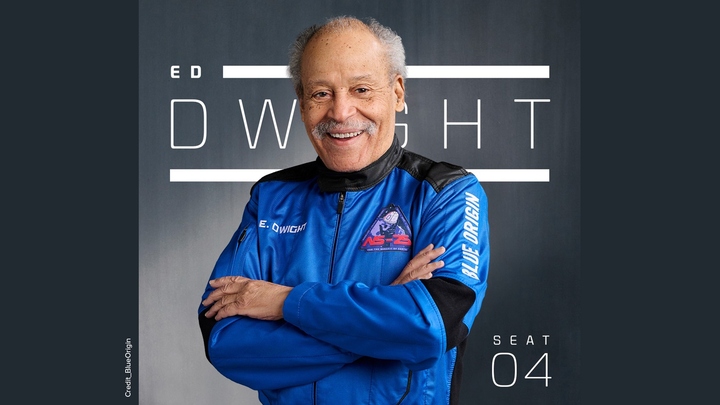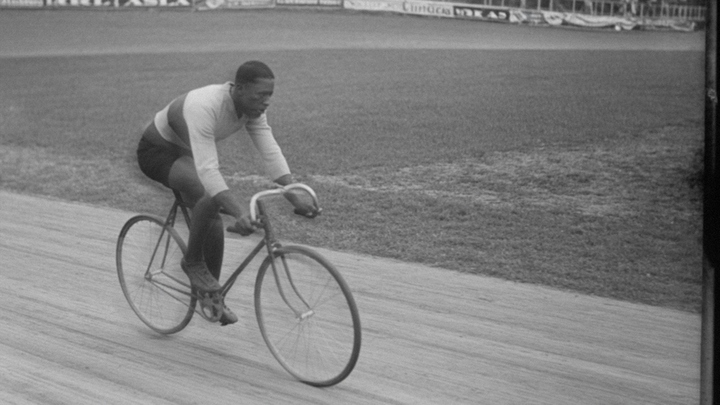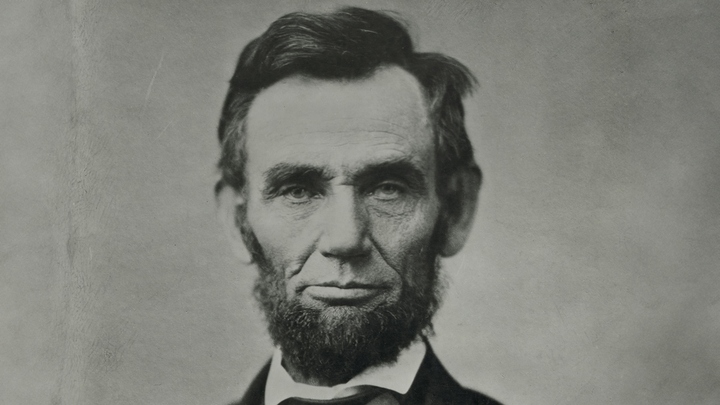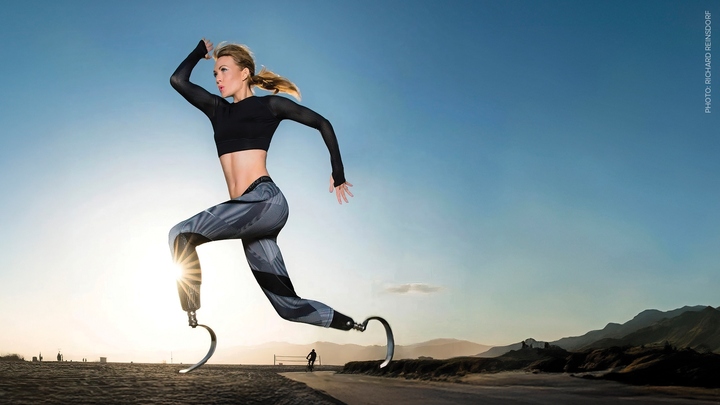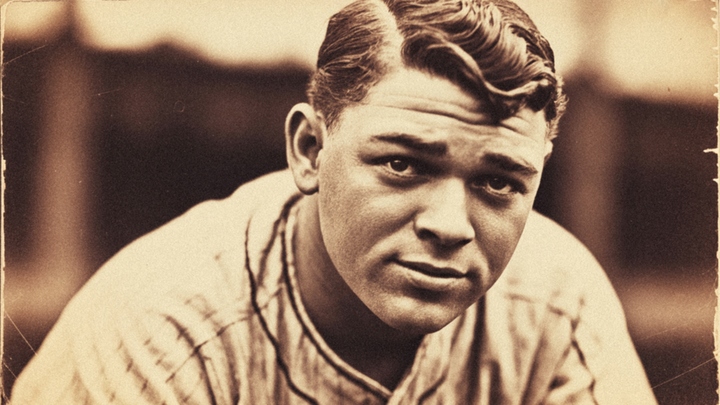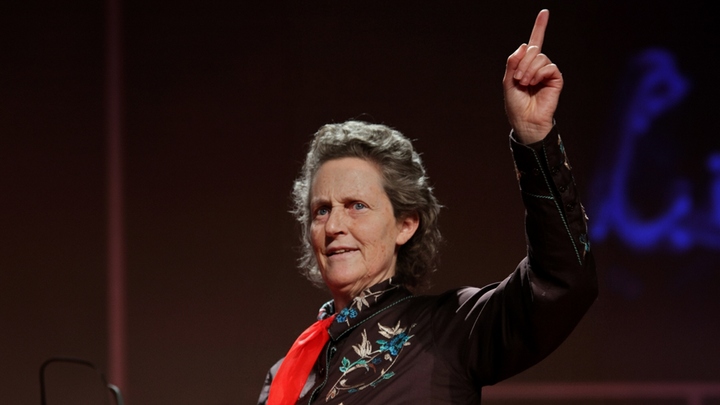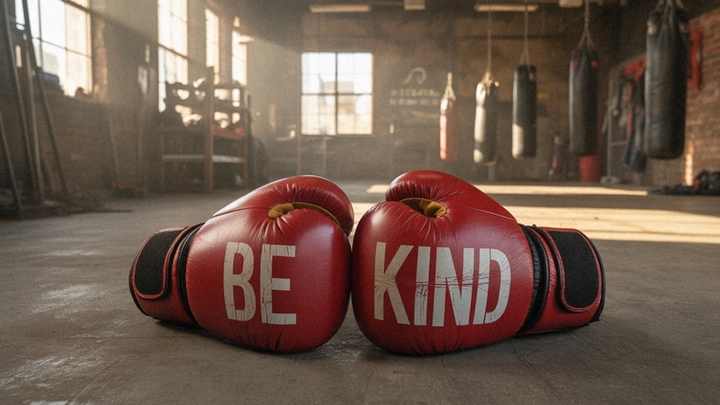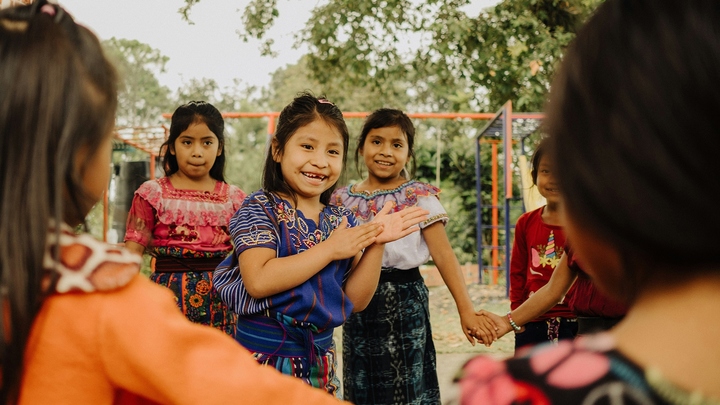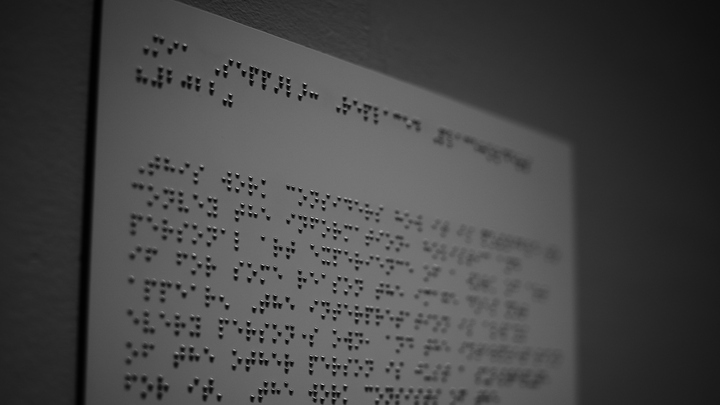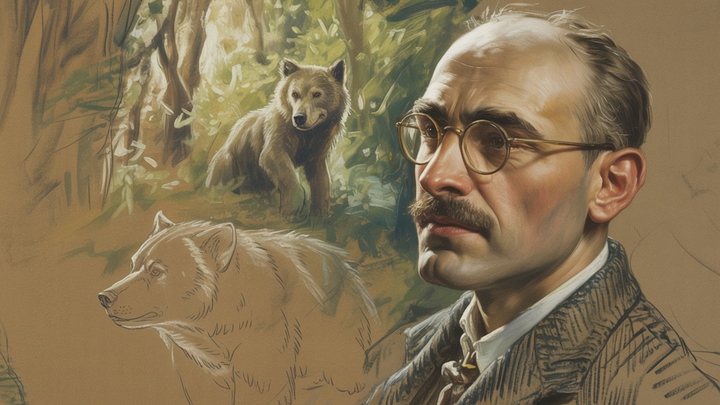The Undeniable Spirit of Ed Dwight, America’s Oldest Astronaut.
At 90 years old, Ed Dwight saw the world from the window of Blue Origin in 2024. “If everybody could take a trip to space and look at it from that vantage point,” Ed says, “we all would have a totally different view of this earth and not only treat it better but start treating each other a little bit better too.” Read Story
UNDENIABLE SPIRIT
The Longest Race.
How Major Taylor, the world’s fastest cyclist, pushed against prejudice to become a champion of the sport, and of fairness and goodwill.
DETERMINATION
The Courage to Forgive and Rebuild.
Abraham Lincoln delivered a unifying speech on rebuilding and forgiving as the violent American Civil War was gasping its last, brutal breath. It is known unceremoniously as “The Second Inaugural Address.” Read Story
SEEK UNITY
All the Right Steps.
Amy Purdy lost her legs to bacterial meningitis at age 19. Undaunted, she went on to win multiple gold medals in snowboarding, create an action sports program for kids with disabilities, appear on “Dancing With the Stars” and become one of the most sought-after motivational speakers in the world. Read Story
STEP UP TO CHALLENGES
Building Human Connection in a Virtual World.
Aadi is a 2025 winner of the Gloria Barron Prize for Young Heroes, an annual award that honors public-spirited young people across the U.S. and Canada who are working to make a significant, positive impact on other people and the environment. Aadi pairs tech savvy young people with senior citizens in his community to foster intergenerational relationships that build connections to benefit both. Read Story
CONNECTION
The Greatest Man Babe Ruth Ever Knew.
The greatest among us have been encouraged, mentored, even cajoled into reaching their potential by wise role models who took the time to elevate a child others may have overlooked. Read Story
BE A MENTOR
Putting Things Together in a Jumbled World.
Dyslexia makes alphabet soup of letters and numbers, mixing them up on the page and making the simplest reading tasks frustratingly difficult. Ingvar Kamprad developed a workaround that spawned the biggest retail furniture company in the world: IKEA. Read Story
SIMPLIFY TO MULTIPLY
How a Clockmaker Changed the World of Navigation.
The clock that transformed circumnavigation was the marine chronometer, invented by John Harrison in the 18th century. Harrison, a self-taught English carpenter and clockmaker, developed a series of increasingly accurate timepieces that ultimately enabled sailors to determine their longitude at sea. Read Story
KEEP TINKERING
Empathy for Animals Brings Out the Best in All of Us.
Temple Grandin had to overcome prejudices, ignorance and bullying on her way to becoming a leader in the field of animal behavior. Her autism became her strength, not a barrier to her success.
EMPATHY
Fighting for Compassion in Our Communities.
Yolanda Ali, wife of boxing and humanitarian legend Muhammad Ali, continues to carry the light of compassion and kindness into communities around the world.
FIGHT FOR COMPASSION
The Bond of Friendship is What Takes us to the Top.
Sir Edward Hillary and Tenzing Norgay summited Everest together. For over 50 years, neither would say who stepped atop first, preferring to share the credit.
CLIMB HIGHER
Learning how to be a better human by connecting with Muppets
Jim Henson and Jane Nebel dedicated their lives to helping us all understand our emotions and learn to work together to build stronger communities. They used Muppets to give us a sometimes comical, yet always tender, perspective on relationships.
BE YOURSELF
Wanderers Turned Wonderers.
Tobie Spears and her husband wanted to see the world. But traveling together made them realize how big a difference the little things are. Like providing a sewing machine to a village, or teaching a new way to raise vegetables. So, she founded Be Humanitarian, and the impact has outgrown even their own expectations.
Tobie Spears has always had wanderlust. As soon as she graduated from high school, she left with a friend and trekked around Europe. Read Story
WANDER. WONDER. DO GOOD.
The Feel of Language.
Louis Braille invented a language you can touch. When the son of a saddlemaker created a tactile way for blind people to read, he opened up a whole new world for millions of people, turning the page on the Dark Ages.
With the revolution of printing presses and their ability to mass produce books, newspapers and religious texts, civilization blossomed into an age of enlightenment. Read Story
TOUCHING WORDS
It’s a Jungle Out There.
Rudyard Kipling, author of the timeless story about Mowgli and his animal friends, was more than a great storyteller and Nobel Prize laureate. He was a great humanitarian, caring for soldiers, mentoring young writers and donating his resources to alleviating poverty.
The enchanting stories of Rudyard Kipling owe their imaginative settings to the place he grew up: India. Read Story
